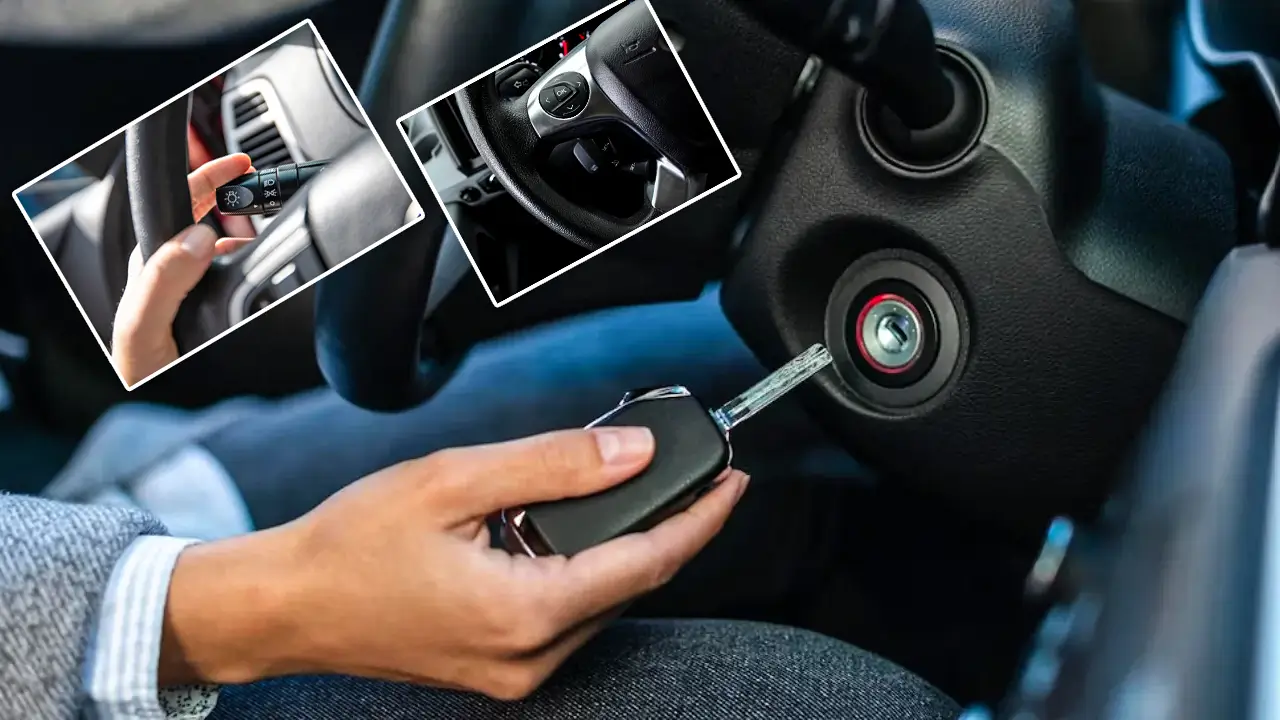When you sit behind the wheel, your safety, and the safety of others depend on more than just how well you drive. Modern cars come with a range of safety features designed to protect you in ways you might not even notice. Some are built to prevent accidents, while others help reduce the impact if something does go wrong. Whether you’re driving an older model or thinking of buying a new car, it’s good to know which features really matter.
Car safety features every driver should know about
Over time, car safety measures have changed to protect passengers and lessen accidents. To increase safety, all drivers should be aware of these important safety features.
Anti-lock Braking System (ABS)
When braking, ABS keeps the wheels from locking up. In an emergency, it aids in preserving steering control. In particular, this feature is helpful on slick roads.
Electronic Stability Control (ESC)
ESC lessens the chance of sliding and losing control. When the vehicle is losing traction, it brakes on the wheels. It keeps the car steady, particularly while turning sharply.
Airbags
Airbags instantly inflate in an accident. They keep the other passengers and the driver safe. Most cars today come equipped with front, side, and curtain airbags.
Seatbelts
Passengers are kept safely in place by wearing seatbelts. In a collision, they lessen forward motion, preventing serious injuries. Some cars have pretensioners that tighten seatbelts upon collision.
Blind Spot Monitoring
Drivers are warned of cars in their blind areas by this method. When changing lanes is dangerous, it alerts drivers using sensors and LEDs on the side mirrors.
Rearview Camera
When reversing, a rearview camera lets drivers see behind their vehicles. It avoids collisions with other cars, pedestrians, and obstructions.
Lane Departure Warning
This function recognizes when a car leaves its lane. It uses vibrations or sounds to warn the driver. Some technologies even allow the car to be rerouted into the lane.
Adaptive Cruise Control
Adaptive cruise control adjusts for traffic while maintaining a predetermined speed. It slows down near another vehicle and speeds up when the route is clear.
Automatic Emergency Braking (AEB)
AEB applies the brakes when it senses an impending collision. It lessens the impact of collisions or helps prevent them. It is very helpful when driving around cities.
Traction Control System (TCS)
TCS prevents wheels from spinning in slick conditions. It ensures better grip through engine power modifications or wheel-by-wheel braking.
Tire Pressure Monitoring System (TPMS)
When tire pressure is too low, TPMS notifies drivers. In addition to preventing blowouts, proper tire pressure enhances handling.
Forward Collision Warning
This system forewarns of possible collisions. It uses audible or visual cues to alert the driver to take action.
Parking Sensors
When parking, parking sensors assist vehicles in avoiding obstructions. They signal distance from objects with visual alerts or noises.
Pedestrian Detection System
This feature detects the pedestrians in a car’s path. It warns the driver of impending crashes and may even apply the brakes.
High Beam Assist
Automatic headlamp adjustment is provided by high beam assist. In response to traffic circumstances, it alternates between high and low lights.
Vehicle Stability Management (VSM)
By integrating ESC and TCS, VSM improves stability. It aids in keeping control during unforeseen turns or inclement weather.
Road Sign Recognition
This device scans traffic signs, which are shown on the dashboard. It assists drivers in maintaining awareness of speed limits and other laws.
Driver Attention Monitoring
This technology searches for signs of drowsy or inattentive driving. It alerts the motorist to stop and rest if needed.
Automatic Locking Retractors (ALR)
ALR secures child car seats. It secures the seatbelt, preventing it from moving while traveling.
Side-Impact Protection
Many cars include airbags and reinforced side panels to protect occupants in side-impact accidents.
Emergency Brake Assist (EBA)
In an emergency, EBA increases braking force. It lessens stopping distance and keeps collisions from happening.
Hill Start Assist
This function keeps the car from sliding backward on hills. As the driver shifts to the accelerator, the brakes are momentarily applied.
Cross Traffic Alert
A cross-traffic warning warns vehicles of approaching traffic when they are reversing. It prevents collisions in parking lots and driveways.
Electronic Brake-force Distribution (EBD)
EBD distributes the braking force among the wheels based on weight and driving conditions.
ISOFIX Child Seat Anchors
ISOFIX anchors are a secure way to secure child seats. They reduce movement and improve children’s safety in accident situations.
At the end of the day, knowing what your car can do to keep you safe is just as important as knowing how to drive it. From airbags to lane assist, these features are there to support you, not replace your focus on the road. The more you’re aware of them, the better decisions you can make while driving. Stay informed, stay alert, and let your car’s safety features do their part in helping you get home safe every time.
- Audi GT50 Concept: A Loud Reminder of Why Car Enthusiasts Fell in Love With Audi
- Nearly 30% of UK Drivers Believe Car Tax Should Be Based on Mileage — Survey
- Why Planes and Boats Escaped the Luxury Tax But Cars Didn’t
- Australia’s Headlight Confusion: Authorities Warn Drivers After Viral $250 Headlight Rule Goes Wild Online
- 2025 Hyundai Venue Facelift Launched in India – Full Details, Variants, and Price
